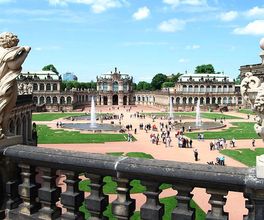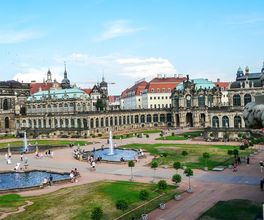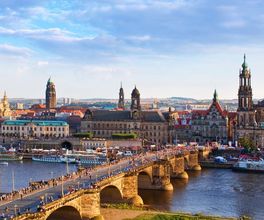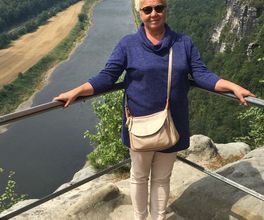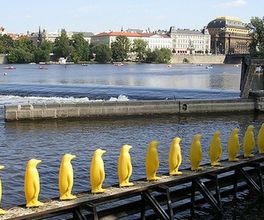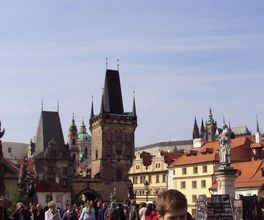

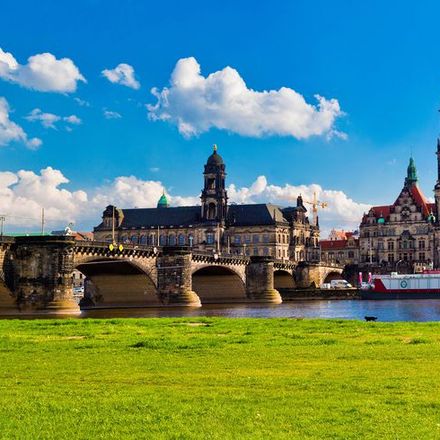


About this experience
Just 2 hours separate Prague from the capital of Saxony - Dresden, where we will go on a sightseeing tour. During the walk, you will learn why this city is called the Florence on the Elbe, feeling the Mediterranean cheerfulness, Slavic calmness, and German restraint in it.
What awaits you
Where the city of Dresden originated
"Dražďany" - this is the name of the Slavic fishing village, which in the very beginning of the 13th century gave rise to the future capital of the Free State of Saxony. Over its almost 800-year history, Dresden has always been one of the brightest cities in Europe. Dresden is magnificent architectural ensembles, envied by Louis XIV himself, the Sun King. It is the richest collections of paintings and unique jewelry. It is intellectual brilliance, hard work, and the indomitable optimism of the descendants of the ancient Saxons. In our program:
- Zwinger - one of the city's symbols. The residents of Dresden are convinced that the Zwinger is the most significant and beautiful architectural monument. Only in the Zwinger, you can hear the gentle chiming of porcelain bells - the secret of their production is still kept by the masters of the Meissen porcelain factory.
- Old Masters Picture Gallery - it's where the "Sistine Madonna" has been "living" for over two centuries. And how did it "travel" from Italy to Dresden? How much did the Saxon electors pay for it and how many obstacles did they overcome?
- Theater Square with the famous Dresden Opera House, which has provided its stage to the most outstanding musicians on the planet at different times.
- Hofkirche - the main Catholic church in Protestant Dresden. How could this happen? Sometimes the desire for wealth and power turns out to be stronger than the arguments of reason and devotion to the faith of ancestors. In the Hofkirche, the heart of Augustus the Strong - the most famous Saxon ruler from the Wettin dynasty is kept in a copper capsule. And how many love stories are associated with Augustus the Strong! I'm afraid we won't have enough time to remember all of his favorites. Maybe we will limit ourselves to the story of Countess Cosel, whose love price was - 50 years of imprisonment?
- Brühl's Terrace or the "Balcony of Europe" as the great Goethe called it. Along the staircase named after Nikolai Grigoryevich Repnin-Volkonsky, we will climb up to Brühl's Terrace.
- Frauenkirche - the pinnacle of Protestant church construction. The symbol of forgiveness and reconciliation. You will hear the story of the destruction and revival of this magnificent church.
- Procession of Princes - the largest porcelain mural in the world, made of Meissen porcelain tiles. We will be able to look into the eyes of all 35 Saxon rulers.
- Green Vault Treasure Chamber - the famous collection of Augustus the Strong - the envy of all monarchs of Europe. In the historical part, you can see a golden bucket adorned with precious stones, presented by Peter the Great to Augustus the Strong.
In your free time, you can visit numerous museums and galleries of new masters. Or perhaps you would prefer to walk along the famous shopping street Pragerstrasse with a huge variety of stores for every taste and budget. Or take a walk along the embankment to admire the oldest wheeled steamship park in Europe and the beauty of the Elbe River.
Organizational Details
- Entrance tickets to museums are not included in the tour price (from 10 euros)
- In the famous Old Masters Picture Gallery, Mondays are closed
- An individual tour can be organized for your group of 7 to 19 people (for example, if you are on a corporate trip). Price: 59€ per person.
